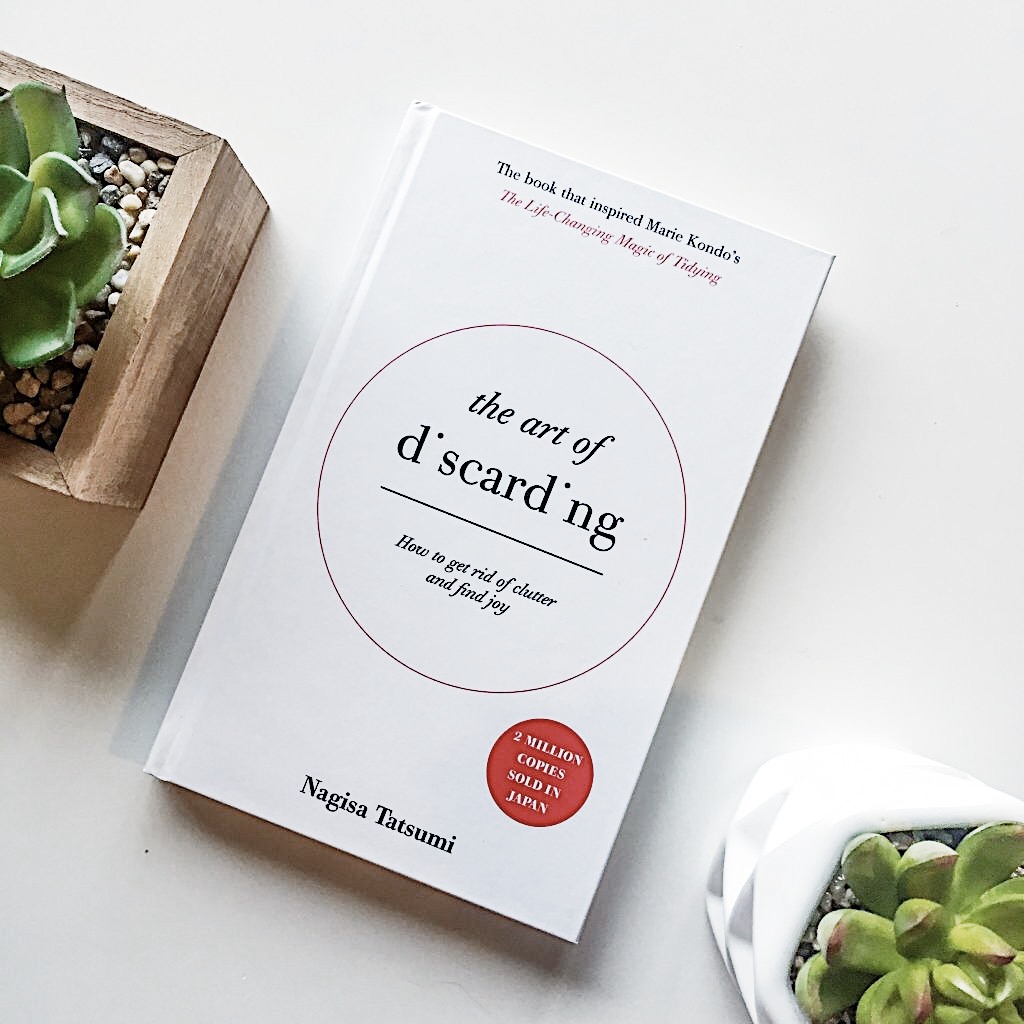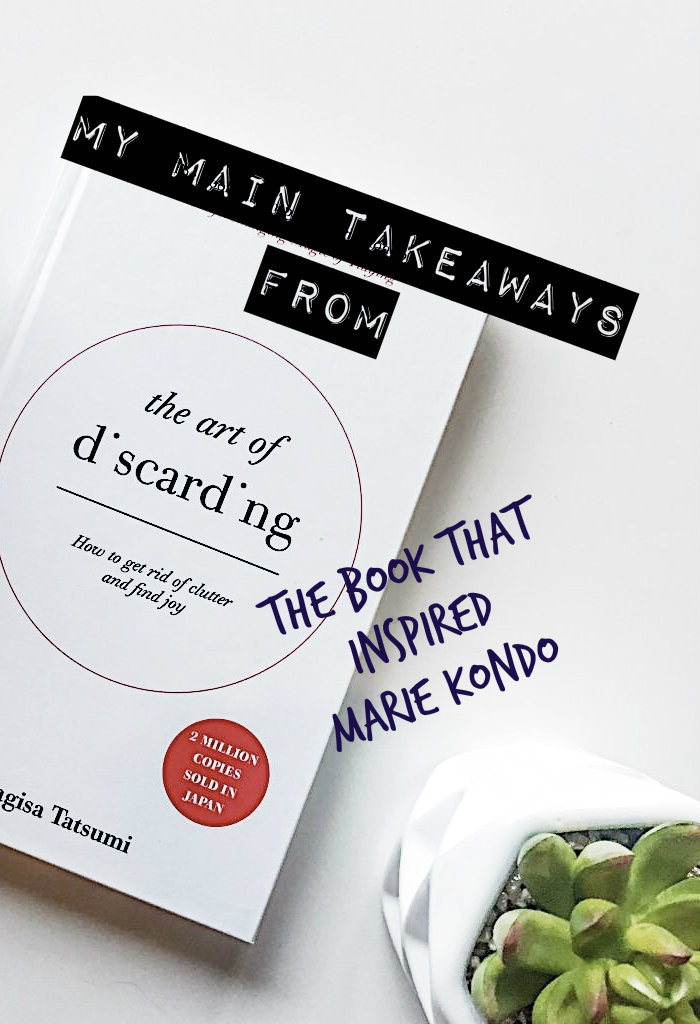“The Art of Discarding” by Nagisa Tatsumi is known to have inspired Marie Kondo’s book “The Life-Changing Magic of Tidying Up.” While Kondo puts the focus on keeping items that spark joy, Tatsumi’s “The Art of Discarding” is all about, well, how to master the act of getting rid of things. Here are my main takeaways from Tatsumi’s book.
Discarding Is Easier Said Than Done – Take The Plunge!
Tatsumi conducted a survey in which she found out that although you don’t want certain things in your life and feel uncomfortable around them, you have trouble discarding them. This is because discarding has both positive (e.g., freeing yourself from things that are weighing on you) and negative (e.g., feelings of guilt) associations. Thus, you tend to just not deal with those things at all and clutter accumulates.
It seems that some people don’t know what to do with things, but never consider discarding them.
There’s only one solution to this which is to just take the plunge!
Don’t know what to do with it = think about discarding it.
It might be difficult in the beginning, but with practice and over time, you’ll undoubtedly hone your discarding skills and it gets easier and easier.
Deal With Things Immediately
As much as possible, deal with things that come into your possession at once. It’s no good to keep items “for the time being” or “just for now.” Catch yourself if you have those thoughts. Whether it’s a flyer, a business card or a gift. Decide right there and then if you want to keep or discard it and act on it! That is, discard immediately or put it to use right away.
Know Yourself
Only if something is convenient or useful for someone else, doesn’t mean it is for you. That means, don’t keep items that you have no use for. It might be a perfectly fine item and other people use it all the time, but you don’t. Know and be honest with yourself.
No “Sacred” Items
Different people regard different things as “sacred.” For some, it might be books and for others, it’s certain mementos or food. However, Tatsumi states that there’s no such thing as sacred items. But rather, people give this status to items. To help you get over this type of thinking, she suggests telling yourself “When I’m dead, it will all be trash.”
Put Everything To Use
Everything you own should be used. There shouldn’t be items that are only used for “special occasions” like the dishes reserved for guests only. If you own it, use it! What a waste to only use the “nice” things for certain people or at certain times in your life. Another example in this realm are sets of any kind. Let’s say you own the entire set of a book series. Chances are you only read/need half of the books in that particular series but you keep all of them “because it’s a set.” Get over this mentality and discard the ones you don’t use.
If you have it, use it. If you don’t use it, don’t have it.
Regret Is Not Real
You might fear to get rid of something that you regret later on. First of all, you probably won’t get rid of something very important that would cause you trouble in the future. In the rare case that you will regret discarding something later, keep in mind that the feeling of freeing yourself from excess clutter will outweigh feelings of possible minor regrets.
Create Discarding Helpers
If you’re someone who struggles with letting go of things because you feel like it’s wasteful, Tatsumi suggests the following strategies.
1) Use At Least Once
Use items you’re struggling with at least once before you “allow” yourself to let them go. This way, you can tell yourself that you at least tried or used it once. If you like the item and want to use it more often, go ahead! If not, you can discard it without feeling too guilty about it because at least you gave it a shot.
2) Use Part Of It
This speaks to the possibility of re-purposing items. You might have a dress you don’t wear any longer but you like the pattern, color or fabric. A solution could be to have it tailored into a pillow or scarf. Get creative!
Are you struggling when it comes to discarding items? If so, what is it exactly you’re having a hard time with?
(picture taken from here)
PIN IT:


